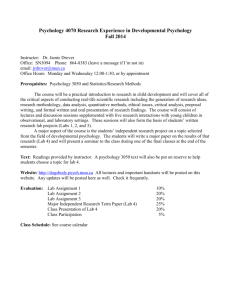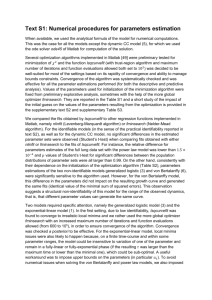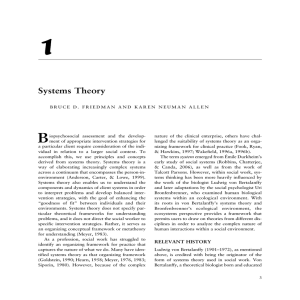EDUC 531: Foundation of Instructional Design By: Ragde Falcis
advertisement
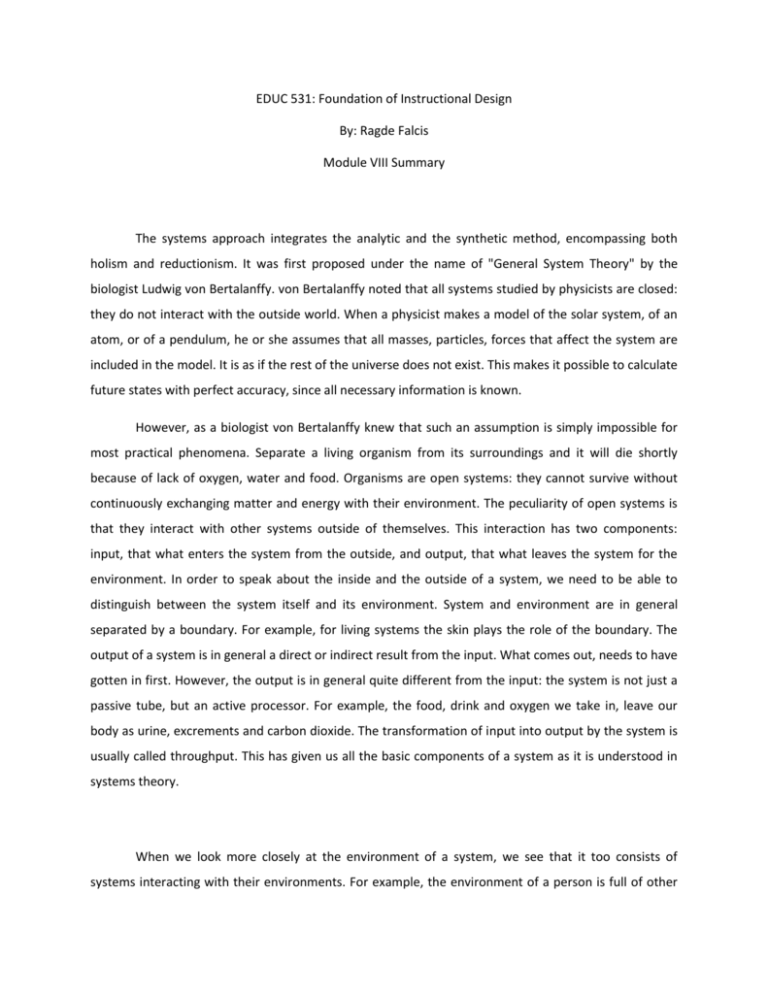
EDUC 531: Foundation of Instructional Design By: Ragde Falcis Module VIII Summary The systems approach integrates the analytic and the synthetic method, encompassing both holism and reductionism. It was first proposed under the name of "General System Theory" by the biologist Ludwig von Bertalanffy. von Bertalanffy noted that all systems studied by physicists are closed: they do not interact with the outside world. When a physicist makes a model of the solar system, of an atom, or of a pendulum, he or she assumes that all masses, particles, forces that affect the system are included in the model. It is as if the rest of the universe does not exist. This makes it possible to calculate future states with perfect accuracy, since all necessary information is known. However, as a biologist von Bertalanffy knew that such an assumption is simply impossible for most practical phenomena. Separate a living organism from its surroundings and it will die shortly because of lack of oxygen, water and food. Organisms are open systems: they cannot survive without continuously exchanging matter and energy with their environment. The peculiarity of open systems is that they interact with other systems outside of themselves. This interaction has two components: input, that what enters the system from the outside, and output, that what leaves the system for the environment. In order to speak about the inside and the outside of a system, we need to be able to distinguish between the system itself and its environment. System and environment are in general separated by a boundary. For example, for living systems the skin plays the role of the boundary. The output of a system is in general a direct or indirect result from the input. What comes out, needs to have gotten in first. However, the output is in general quite different from the input: the system is not just a passive tube, but an active processor. For example, the food, drink and oxygen we take in, leave our body as urine, excrements and carbon dioxide. The transformation of input into output by the system is usually called throughput. This has given us all the basic components of a system as it is understood in systems theory. When we look more closely at the environment of a system, we see that it too consists of systems interacting with their environments. For example, the environment of a person is full of other persons. If we now consider a collection of such systems which interact with each other, that collection could again be seen as a system. For example, a group of interacting people may form a family, a firm, or a city. The mutual interactions of the component systems in a way "glue" these components together into a whole. If these parts did not interact, the whole would not be more than the sum of its components. But because they interact, something more is added. With respect to the whole the parts are seen as subsystems. With respect to the parts, the whole is seen as a supersystem. If we look at the supersystem as a whole, we don't need to be aware of all its parts. We can again just look at its total input and total output without worrying which part of the input goes to which subsystem. For example, if we consider a city, we can measure the total amount of fuel consumed in that city (input), and the total amount of pollution generated (output), without knowing which person was responsible for which part of the pollution. This point of view considers the system as a "black box", something that takes in input, and produces output, without us being able to see what happens in between. (in contrast, if we can see the system's internal processes, we might call it a "white box"). Although the black box view may not be completely satisfying, in many cases this is the best we can get. For example, for many processes in the body we simply do not know how they happen. Doctors may observe that if they give a patient a particular medicine (input), the patient will react in a certain way (output), e.g. by producing more urine. However, in most cases they have little idea about the particular mechanisms which lead from the cause to the effect. Obviously, the medicine triggers a complex chain of interconnected reactions, involving different organs and parts of the body, but the only thing that can be clearly established is the final result. The black box view is not restricted to situations where we don't know what happens inside the system. In many cases, we can easily see what happens in the system, yet we prefer to ignore these internal details. For example, when we model a city as a pollution producing system, it does not matter which particular chimney produced a particular plume of smoke. It is sufficient to know the total amount of fuel that enters the city to estimate the total amount of carbon dioxide and other gases produced. The "black box" view of the city will be much simpler and easier to use for the calculation of overall pollution levels than the more detailed "white box" view, where we trace the movement of every fuel tank to every particular building in the city. These two complementary views, "black" and "white", of the same system illustrate a general principle: systems are structured hierarchically. They consist of different levels. At the higher level, you get a more abstract, emcompassing view of the whole, without attention to the details of the components or parts. At the lower level, you see a multitude of interacting parts but without understanding how they are organized to form a whole. According to the analytic approach, that low level view is all you need. If you know the precise state of all the organs and cells in the body, you should be able to understand how that body functions. Classical medicine is based on this reductionist view. Different alternative approaches to medicine have argued that such a view misses out the most important thing: the body is a whole. The state of your mind affects the state of your stomach which in turn affects the state of your mind. These interactions are not simple, linear cause and effect relations, but complex networks of interdependencies, which can only be understood by their common purpose: maintaining the organism in good health. This "common purpose" functions at the level of the whole. It is meaningless at the level of an individual organ or cell. One way to understand this is the idea of "downward causation". According to reductionism, the laws governing the parts determine or cause the behavior of the whole. This is "upward causation": from the lowest level to the higher ones. In emergent systems, however, the laws governing the whole also constrain or "cause" the behavior of the parts. This reasoning can be applied to most of the things that surround us. Although the behavior of a transistor in a computer chip is governed by the laws of quantum mechanics, the particular arrangement of the transistors in the chip can only be understood through the principles of computer science. The structure of the DNA molecule, which codes our genetic information, is determined by the laws of chemistry. Yet, the coding rules themselves, specifying which DNA "triplet" stands for which amino acid, don't derive from chemistry. They constitute a law of biology. Each level in the hierarchy of systems and subsystems has its own laws, which cannot be derived from the laws of the lower level. Each law specifies a particular type of organization at its level, which "downwardly" determines the arrangement of the subsystems or components at the level below. When we say that the whole is more than the sum of its parts, the "more" refers to the higher level laws, which make the parts function in a way that does not follow from the lower level laws. Although each level in a hierarchy has its own laws, these laws are often similar. The same type of organization can be found in systems belonging to different levels. For example, all open systems necessarily have a boundary, an input, an output and a throughput function. The cells in our body need food and energy in the same way that the body as a whole needs food and energy, even though the cells receive these substances in a different form. The material is different, but the function is the same: to allow the cell or organism to grow, repair itself, and react to adverse effects. Similar functions can be seen at the level of society, which also needs an input of "food" (including ores, raw materials, agricultural produce) and energy, which it uses for self-repair and growth. Closed systems at different levels have many features in common as well. The binding forces which hold together the planets in the solar system, the atoms in a molecule, or the electrons in an atom, although physically different, have a very similar function. The embeddedness of systems in supersystem holds for all types of systems: societies consist of people which consist of organs, which consist of cells, which consist of organelles, which consist of macromolecules, which consist of molecules, which consist of atoms, which consist of nucleons, which consist of quarks. Thus we find similar structures and functions for different systems, independent of the particular domain in which the system exists. General Systems Theory is based on the assumption that there are universal principles of organization, which hold for all systems, be they physical, chemical, biological, mental or social. The mechanistic world view seeks universality by reducing everything to its material constituents. The systemic world view, on the contrary, seeks universality by ignoring the concrete material out of which systems are made, so that their abstract organization comes into focus. Systems theory was proposed in the 1940's by the biologist Ludwig von Bertalanffy (: General Systems Theory, 1968), and furthered by Ross Ashby (Introduction to Cybernetics, 1956). von Bertalanffy was both reacting agaInst reductionism and attempting to revive the unity of science. He emphasized that real systems are open to, and interact with, their environments, and that they can acquire qualitatively new properties through emergence, resulting in continual evolution. Rather than reducing an entity (e.g. the human body) to the properties of its parts or elements (e.g. organs or cells), systems theory focuses on the arrangement of and relations between the parts which connect them into a whole (cf. holism). This particular organization determines a system, which is independent of the concrete substance of the elements (e.g. particles, cells, transistors, people, etc). Thus, the same concepts and principles of organization underlie the different disciplines (physics, biology, technology, sociology, etc.), providing a basis for their unification. Systems concepts include: system-environment boundary, input, output, process, state, hierarchy, goal-directedness, and information. The developments of systems theory are diverse (Klir, Facets of Systems Science, 1991), including conceptual foundations and philosophy (e.g. the philosophies of Bunge, Bahm and Laszlo); mathematical modeling and information theory (e.g. the work of Mesarovic and Klir); and practical applications. Mathematical systems theory arose from the development of isomorphies between the models of electrical circuits and other systems. Applications include engineering, computing, ecology, management, and family psychotherapy. Systems analysis, developed independently of systems theory, applies systems principles to aid a decisIon-maker with problems of identifying, reconstructing, optimizing, and controlling a system (usually a socio-technical organization), while taking into account multiple objectives, constraints and resources. It aims to specify possible courses of action, together with their risks, costs and benefits. Systems theory is closely connected to cybernetics, and also to system dynamics, which models changes in a network of coupled variables (e.g. the "world dynamics" models of Jay Forrester and the Club of Rome). Related ideas are used in the emerging "sciences of complexity", studying self-organization and heterogeneous networks of interacting actors, and associated domains such as far-from-equilibrium thermodynamics, chaotic dynamics, artificial life, artificial intelligence, neural networks, and computer modeling and simulation. The analytic approach seeks to reduce a system to its elementary elements in order to study in detail and understand the types of interaction that exist between them. By modifying one variable at a time, it tries to infer general laws that will enable one to predict the properties of a system under very different conditions. To make this prediction possible, the laws of the additivity of elementary properties must be invoked. This is the case in homogeneous systems, those composed of similar elements and having weak interactions among them. Here the laws of statistics readily apply, enabling one to understand the behavior of the multitude-of disorganized complexity. The laws of the additivity of elementary properties do not apply in highly complex systems composed of a large diversity of elements linked together by strong interactions. These systems must be approached by new methods such as those which the systemic approach groups together. The purpose of the new methods is to consider a system in its totality, its complexity, and its own dynamics Through simulation one can "animate" a system and observe in real time the effects of the different kinds of interactions among its elements. The study of this behavior leads in time to the determination of rules that can modify the system or design other systems.
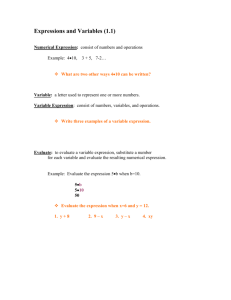

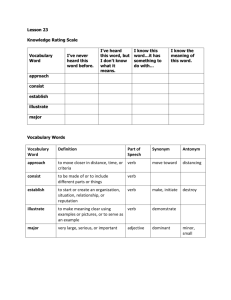
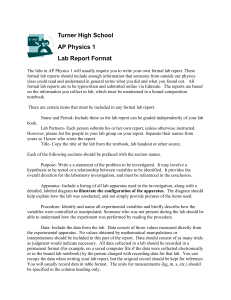
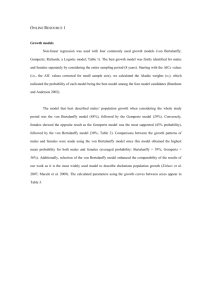
![succeed in ([doing] something)](http://s3.studylib.net/store/data/007092191_1-44cde08e787284f3fdfa01713016d562-300x300.png)
